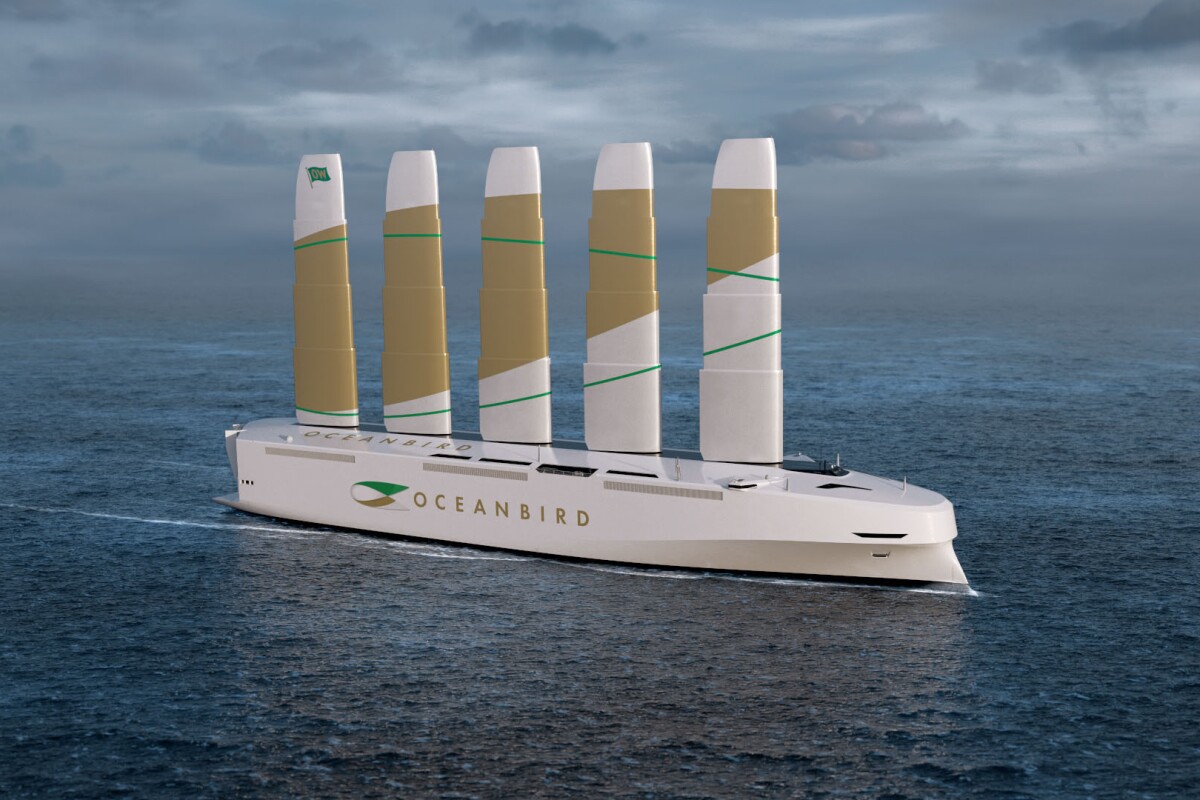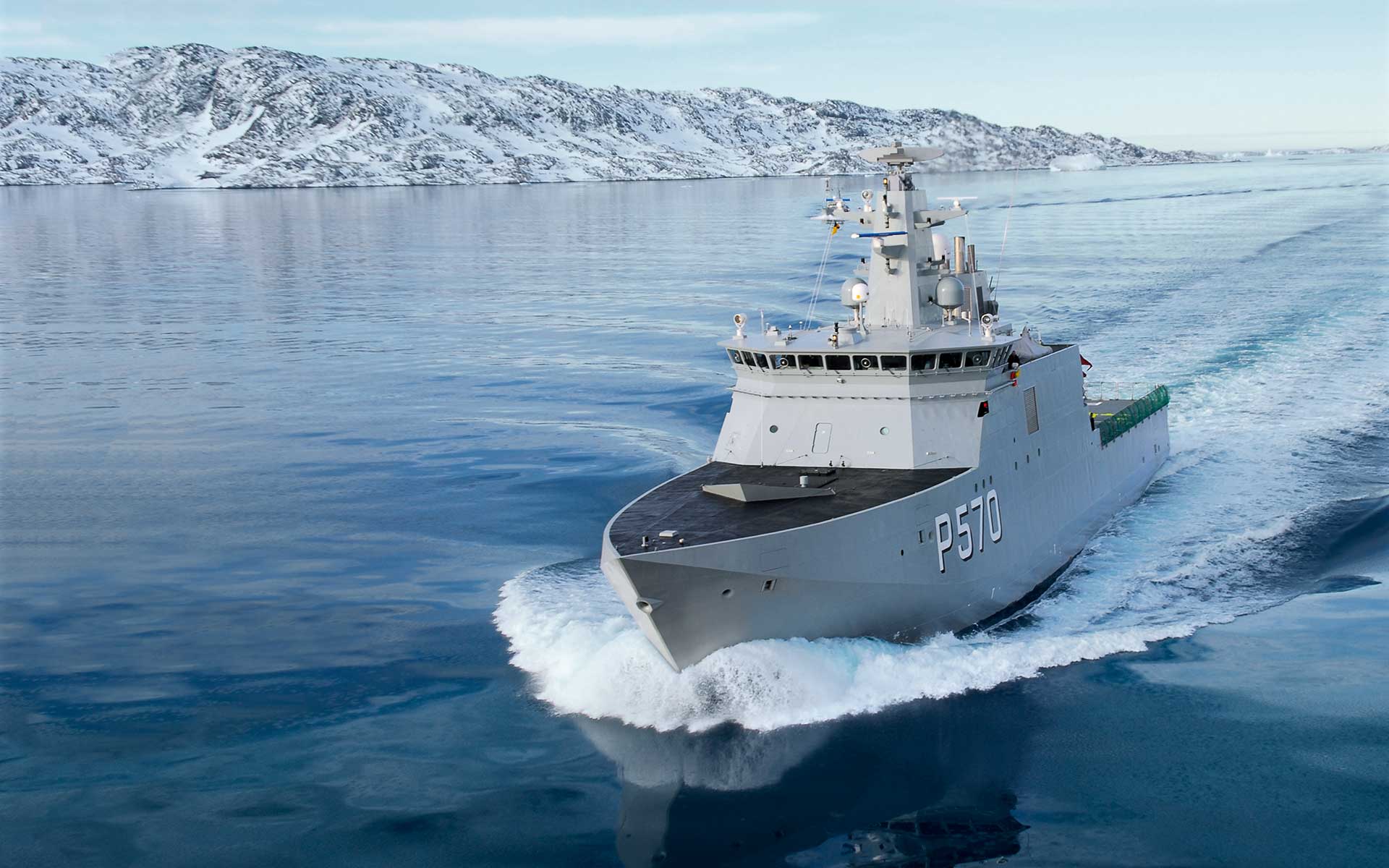Fastest Military Boat - The Spearhead-class Expeditionary Transport Fast Ship (EPF) is a shipbuilding program led by the US Navy to provide a high-speed, shallow tow vessel intended for rapid in-theater transport of medium-sized cargo payloads. EPFs can reach speeds of 35–45 knots (65–83 km/h; 40–52 mph) and allow rapid transit and deployment of commando or special forces, equipment and supplies.
The EPF is capable of transporting company-sized units of the US Army and US Marines with their vehicles, or it can be reconfigured to transport an infantry battalion.
Fastest Military Boat

The EPF has a helicopter flight deck and a loading ramp that allows vehicles to be quickly maneuvered on and off the ship. The slope is suitable for hard pavements and pavement walls common in developing countries. The EPF has a shallow (less than 15 ft (4.6 m)) draft.
Spearhead Class Expeditionary Fast Transport
The EPF is a double-hull aluminum catamaran with four diesel engines, basic facilities for 40 crew and 312 airline-style seats with a spacious flight deck above. The rest of the ship is a 20,000-square-foot (1,900 m2) convertible.
Vehicles and cargo are loaded and unloaded by a ramp that can support a weight of up to 100 tonnes. Although designed for a military crew of 46, the ship normally carries a crew of 26. The passenger cabin has reclining seats and overhead televisions and racks for weapons and equipment.
Each ship has 104 permanent berthing spaces. Without resupply, she can support 312 personnel on board for four days or 104 personnel for 14 days.
EPFs have a higher level of comfort for the crew than larger oceangoing vessels. The hall-style berthing area for the ship's crew has special features including toilets and port stalls, air conditioning and thermostats. Those who are taken care the least; If necessary they may be subjected to 'hot racking' style living arrangements of available birthing beds. There is no ship's store in ordinary naval terms, but the ship's captain can open the "slope chest" and sell the ship's currency and other ship's goods on a case-by-case basis.
Overview Of The New British Battleships
The ship is unstable in rough seas and at high speeds. At 10 knots in calm seas, the hull can roll four degrees in each direction, while transom ships roll slightly; It increases when the ship is moving fast or in rough conditions, increasing the chance of seasickness.
To achieve top speed, the ship must travel in sea state 3 (sea state 3) in water with waves not exceeding 1.25 meters (4.1 ft) high. It can travel up to 15 knots in sea state 4, only 5 knots in sea 5, and any higher Must maintain position in sea conditions. This reflects the ship's intention to operate close to shore rather than in "blue water".
The United States Fourth Fleet has expressed interest in using the EPF as a low-cost ship to conduct drug interdiction missions around Central and South America. There is a shortage of Coast Guard cutters available to intercept drug smugglers due to the age of ships in the United States Southern Command and budget cuts. In May 2013, the HSV-2 Swift conducted an interdiction patrol, demonstrating that an aluminum catamaran was capable of performing the role. EPF Coast Guard Force Detachment (LEDET) capable of sailing.

The EPF does not have weapons or defense systems to carry out combat missions, but the Navy is looking to expand its role to undertake resupply and humanitarian assistance missions to special operations forces.
Australian Shipbuilder Incat Crowther Patrol Boat For Thailand
Navy chief Jonathan Grit suggested using ships as a cheaper way to carry out anti-piracy missions to free blue water warriors.
Offensive and defensive measures against hackers will be handled by a security team on board and the speed of EPF will also be a good defense against attacks by hackers.
After various tests to explore the EPF's suitability to perform various tasks, the ship was found to effectively perform the primary transport role in theater, but struggled with other proposed tasks. When transferring marine equipment using a Mobile Landing Platform (MLP), the EPF ramp used for vehicle transfer could not operate effectively with it in 2-3 nautical sea states and was designed to be able to operate only in calm conditions. Sea state in sheltered ports, an unacceptable constraint for operational deployment; The Navy is aware of current slope limits and is developing one for use in Sea Reach State 3-4. When the SEAL Delivery Vehicle (SDV) was deployed, the EPF's star-mounted winch could be operated in sea conditions 3, but the underwater vehicle required a supporting surface vehicle to take divers, which could only be operated in sea conditions. 2
This class of electronic systems is supplied by General Dynamics Mission Systems. The infrastructure integrates the ship's electronic systems including: vironmt computing, internal and external communications, electronic navigation, flight systems, comfort systems, remote monitoring systems as well as training and training systems.
Landing Ship, Tank
The same Geral Dynamics OP CI Indepdce-class Littoral Combat Ship (also built by Austal USA) is used.
Marine Corps Admiral John M. Paxton Jr. described the EPF as a "very capable ship" for certain missions, but noted several shortcomings as an alternative amphibious assault ship, including its inability to operate in maritime-challenged countries and survivability. Among the contested waters, on them, is the lack of a well surface to launch amphibious vehicles, and the lack of "splash capability" to propel vehicles off ramps and into the sea.
The ship was rejected as a platform on which to rest due to the weight of the MV-22 Ospreys and damage to the flight deck from the niche during takeoff and landing.

The USMC is considering modifications to the EPF ramp to enable a "spray capability" to deploy amphibious fighting vehicles in waters near shore.
Battleships Are Back! Navy Abruptly Boosts Ddg/cg Building Targets For 2045
Beginning with EPF-14, the ships will be designated EPF Flight II, increasing the health services capability while retaining most of the ships' core missions.
The Flight II variant is designed to bring advanced medical capabilities at the request of fighter commanders, and allows researchers to recover aboard the aircraft rather than at higher level facilities. They can respond faster, and to more places, than the Navy's larger, slower, unarmed hospital ships.
The design of EPF Flight II includes upgrades to medical resuscitation and surgery facilities, improved support for V-22 flight operations, and the launch and recovery of 11-meter rigid inflatable boats.
In January 2023, the Navy announced that three Expeditionary Medical Ships (EMS) had been approved in the 2023 military budget. These will be T-EPF-17, T-EPF-18 and T-EPF-19. These ships are planned to be 110 meters (360 ft) long as opposed to the previous ships' 103 meters (338 ft) wide, and have a draft of 4.5 meters (15 ft) for operation in "harsh ports". EMS will have three operating theaters and 60 medical beds, divided into acute care, acute isolation, intensive care unit and ICU isolation spaces. Two 11-meter inflatable boats allow sediment transfer from other vessels or rescue in water; The flight deck has room for a V-22, H-53 or H-60 helicopter. Delivery of EPF-17 is scheduled for December 2026.
Dearsan Begins Construction Of 76 Meter Offshore Patrol Vessels For The Nigerian Navy
The EPF program combines the Army's Theater Support Vessel (TSV) program (dating from 2004) with the Marine Corps' High Speed Connector (HSC) (requirement dating from 2004).
The EPF program received Milestone A approval in May 2006. The Navy awarded the preliminary design contract for the first phase in early 2008 and a detailed design and construction contract in the fourth quarter of 2008.
The Office of the Naval Ship Program Executive will conduct acquisitions for both the Army and Navy, but each service will finance its own ships. After the handover, each service will be responsible for operating, maintaining and providing full life cycle support for their ships.

USNS Spearhead, the lead ship of the class, was launched in September 2011 and delivered to the Navy in early 2012.
The Fastest Warships Of World War 2
On December 5, 2012, the first ship of the class, USNS Spearhead, was delivered to the Military Sealift Command in Mobile, Alabama. On December 10, 2012, the Navy made the final choice under its existing contract by ordering the EPF-10.
On April 5, 2013, the EPF program was added to the scope of the Littoral Combat Ship Council, to consider the capabilities of both types of ships together.
In 2014, the USN considered outsourcing fleet management, but concluded that the ships would be manned by civilian service sailors.
Congress appropriated funds to create 11 EPFs in the National Defense Authorization Act for fiscal year 2015.
Swccs Operate Combatant Craft To Get Us Special Operators On Target
Long lead time materials and initial engineering support contract for Expeditionary Fast Transport (EPF) 12 (formerly Joint High Speed Vessel 12) announced on May 5, 2016 under Naval Sea Systems Command contract activity (N00024-16-C-). was done 2217). On September 16, 2016, Austal was awarded a contract to design and build EPF-11 and EPF-12.
Congress appropriated the 13th Expeditionary Rapid Transit Fund (EPF) in the FY 2018 budget and the 14th in the FY 2019 budget.
On October 18, 2018, the Navy awarded Austal a $57.8 million order to pay for long-term supply of lead components, including diesel engines, water jets and reduction gear.
Fastest aluminum bass boat, fastest boat to catalina, fastest pontoon boat, fastest military planes, fastest electric boat motor, fastest rtr rc boat, fastest boat propeller, fastest military boat in the world, fastest boat, military boat, fastest fishing boat, fastest remote control boat
0 Comments